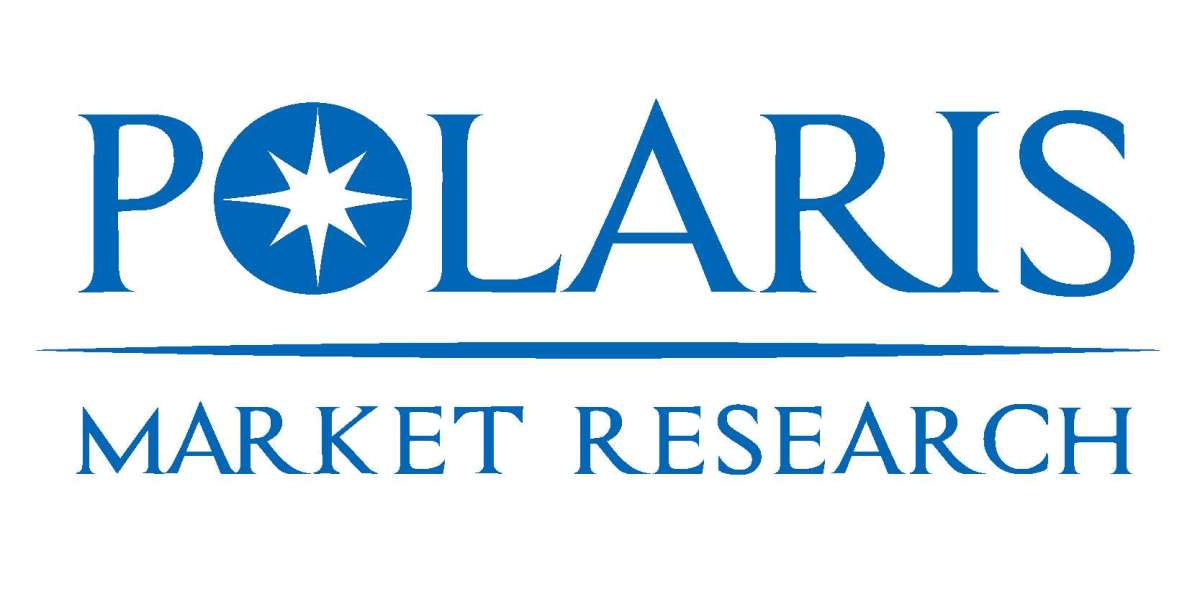The global lithium chemicals market is witnessing an unprecedented surge as the demand for lithium-ion batteries soars across electric vehicles (EVs), renewable energy storage, and high-tech electronics. Valued at USD 32.86 billion in 2024, the market is projected to grow at a compound annual growth rate (CAGR) of 19.34% through 2034, reaching an impressive USD 191.84 billion by the end of the forecast period. This explosive growth is underpinned by the accelerating global transition to clean energy, rapid electrification of transportation, and technological advancements in battery chemistry.
A Critical Enabler of the Energy Transition
Lithium chemicals—including lithium carbonate, lithium hydroxide, lithium chloride, and lithium metal—are indispensable components in the manufacturing of lithium-ion batteries, which power everything from electric cars to smartphones. Beyond energy storage, these compounds are also used in ceramics, lubricants, pharmaceuticals, and glass manufacturing, giving them a wide industrial footprint.
As the world increasingly aligns with net-zero goals, lithium has emerged as a strategic mineral, with global governments prioritizing policies and investments aimed at securing reliable, sustainable lithium supplies. These chemicals are playing a crucial role not just in decarbonization but also in energy independence.
What’s Powering Market Growth?
At the core of this market’s expansion is the EV revolution. Lithium-ion batteries are the preferred power source for electric vehicles due to their high energy density and rechargeability. The surge in EV sales—propelled by consumer demand, climate regulations, and automaker commitments—is creating unprecedented pressure on lithium supply chains. In particular, lithium hydroxide is witnessing robust demand as it is ideal for producing high-nickel cathodes, which enable longer-range EVs and faster charging.
Beyond transportation, the integration of renewable energy sources into national power grids has intensified the need for energy storage systems (ESS). Lithium-ion battery packs are now essential to store surplus solar and wind power for consistent electricity supply. This application is gaining traction not only in utility-scale projects but also in residential and commercial setups.
Governments worldwide are backing these trends through favorable policies, subsidies, and infrastructure investment. From China’s push for EV leadership to the U.S. Inflation Reduction Act's battery incentives and Europe’s strategic autonomy programs, lithium is firmly embedded in the world’s industrial and environmental strategies.
Another growth enabler is technological innovation. Research into next-generation battery chemistries—including solid-state batteries, lithium-sulfur, and high-purity lithium formulations—is spurring demand for advanced lithium chemicals. Companies are investing heavily in refinement and purification technologies to meet performance, safety, and regulatory requirements.
Explore The Complete Comprehensive Report Here:
https://www.polarismarketresearch.com/industry-analysis/lithium-chemicals-market
Pressing Market Challenges
Despite strong momentum, the lithium chemicals market is facing several headwinds. Chief among them is the supply-demand imbalance. While demand is skyrocketing, lithium production and refinement are concentrated in a limited number of countries, notably Australia, Chile, China, and Argentina. This geographic concentration exposes the industry to price volatility, trade disruptions, and geopolitical risks.
Environmental scrutiny is also intensifying. Lithium mining and processing—particularly from brine evaporation or hard rock extraction—can lead to significant water usage, soil contamination, and ecological damage. Regulatory agencies and environmental watchdogs are pushing for cleaner extraction methods and stricter oversight, which may drive up production costs and slow project approvals.
Moreover, capital intensity presents a barrier to entry. Establishing new lithium extraction or conversion facilities involves high upfront investment, complex permitting processes, and years of lead time. These factors pose a challenge for smaller or newer players looking to scale quickly in a fast-moving market.
Regional Insights: Asia-Pacific at the Helm
Asia-Pacific remains the dominant force in the lithium chemicals market. China leads the region—and the world—thanks to its vertically integrated battery supply chain, government subsidies, and leadership in lithium processing. Major battery manufacturers, EV producers, and lithium refiners are headquartered or heavily invested in China, making it the heartbeat of the global market.
In North America, efforts are underway to reduce dependence on foreign lithium. The U.S. and Canada are investing in domestic mining, refining, and battery manufacturing capacity. Recent legislation and grants are incentivizing the development of lithium hydroxide facilities and supporting exploration projects across the continent.
Europe is taking strategic steps toward lithium self-sufficiency. Countries such as Germany, Sweden, and France are building Gigafactories, securing mining rights, and promoting battery recycling infrastructure. The EU’s ambition to reduce carbon emissions and reliance on foreign critical minerals is driving funding into the continent’s lithium ecosystem.
Emerging markets in Latin America—notably Chile and Argentina—are rich in lithium reserves and remain vital suppliers to the global market. These nations are exploring ways to boost local processing capacity and retain more value from their natural resources. Meanwhile, Africa is gaining attention for its untapped lithium potential, though infrastructure and governance remain key hurdles.
Competitive Dynamics in a Rapidly Evolving Market
The lithium chemicals sector is characterized by moderate consolidation, with established players and newer entrants competing on production scale, cost efficiency, technological capability, and sustainability practices. Leading firms are entering into long-term supply contracts with EV and battery manufacturers while racing to expand capacity and secure raw materials.
Albemarle Corporation remains a global heavyweight, having expanded its lithium hydroxide production and secured deals with major automakers. Arcadium Lithium plc is gaining traction with its sustainable and cost-effective lithium extraction technologies. Ganfeng Lithium Co., Ltd. exemplifies China’s dominance, boasting vertical integration from mining to final chemical processing.
Sociedad Química y Minera de Chile (SQM) continues to be a key player in lithium brine extraction, while Lithium Americas Corp. is investing heavily in projects across Argentina and the U.S. Other notable contributors to the market include Altura Mining, Pilbara Minerals, Talison Lithium, Infinity Lithium Corporation, and Neometals, among others.
These companies are not only focusing on raw lithium but also advancing efforts in recycling technologies, low-carbon refining, and circular supply chains to align with evolving environmental expectations and secure long-term sustainability.
Segmentation and Demand Hotspots
The market is segmented by product into lithium carbonate, hydroxide, chloride, butyllithium, and metal forms. Among these, lithium hydroxide is seeing the fastest demand growth due to its compatibility with high-performance EV batteries.
In terms of applications, battery manufacturing leads by a wide margin, serving EVs, energy storage systems (ESS), and consumer electronics. Other key applications include ceramics, glass, pharmaceuticals, and lubricants, where lithium compounds offer unique thermal and chemical properties.
End-use industries driving demand include the automotive sector, energy and utilities, industrial manufacturing, consumer electronics, and increasingly, healthcare, as lithium finds applications in both medical devices and pharmaceutical treatments.
Conclusion
The lithium chemicals market is not just growing—it is transforming at an extraordinary pace. As the world moves toward decarbonization, electrification, and sustainable energy systems, lithium stands out as a critical enabler of this future. From powering EVs and stabilizing solar grids to driving the next wave of electronics, lithium chemicals have become the cornerstone of modern industry.
However, to fully unlock this market’s potential, stakeholders must navigate challenges ranging from resource constraints and environmental pressures to technological complexity and geopolitical risk. Success will depend on building resilient supply chains, adopting responsible extraction practices, and continuously innovating to meet evolving energy demands.
With its forecasted growth to USD 191.84 billion by 2034, the lithium chemicals industry represents one of the most compelling opportunities of the coming decade—for governments, manufacturers, investors, and innovators alike.
More Trending Latest Reports By Polaris Market Research:
Oral Solid Dosage Contract Manufacturing Market
Myopia and Presbyopia Treatment Market
Europe Crop Protection Chemicals Market



